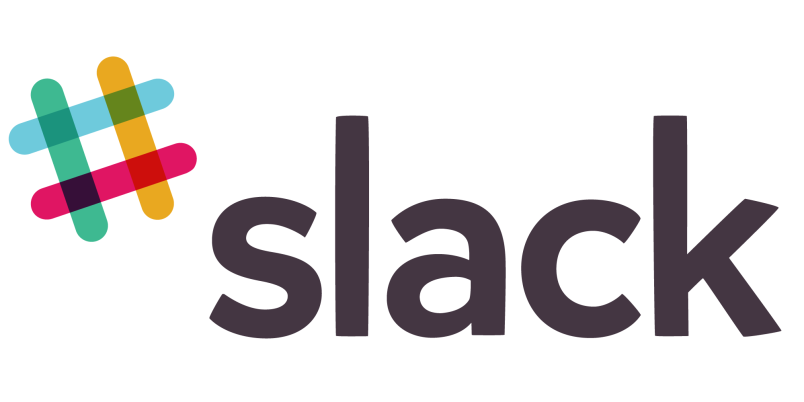On Tuesday I explained that after eight years using Skype as TPM’s digital nervous system, we signed off the service for good. I’ve been surprised about the number of people, publicly and privately, who’ve asked me and other staffers what system we switched to. I didn’t expect it. But it seems like there’s a lot of interest. So here goes.
We’re now using a service called Slack. Basically it’s a intra-office communication system that has a sort of super-charged version of instant messaging, with archiving and searching of past discussions, shared documents and so forth. I’m sure the Slack folks have a more elaborate description and I know there’s a lot it does that I’m not familiar with yet. But I can explain why we decided to make the switch.
The main driver was the fact that Slack can plug in/integrate with lots of other digital services – some you know about like DropBox, Google Docs/Drive, Twitter, etc., and others you probably don’t know about unless you run a website – services that alert us about problems with the site and site performance, the service we use to process payments and other services. As part of that – and this was the key – Slack has an API (which basically means an access point for programmers to plug into). That was valuable because we’re currently building out our own proprietary publishing platform, Agora. (TPM currently runs on the first iteration of this system.) So we’ll be able to run various notifications, alerts and updates from Agora through Slack.
You may be asking, what exactly is Josh nerding out about? It’s not Apollo 11, I grant you. But it will allow us to have one central hub for pretty much all of our organizational workflow – especially the system of hand offs and sign offs between reporters and editors that is central to Agora. And that’s very valuable to us.
In fairness to Skype, these aren’t things that Slack does better than Skype. Skype wasn’t designed to do any of these things. It’s basically an Internet phone service, with instant messaging and video conferencing thrown in.
I will say that one shortcoming with Skype is that they never seem to have been able to get it to work very well on mobile devices – at least not for the messaging functions we use. Slack works like a charm on my iPhone, iPad, etc. So that was an additional plus.
Matt Wozniak, TPM’s Director of Technology, first got us experimenting with Slack and we’ve been using it on the tech side of the operation for a few months and we’ve liked it. For the full organizations needs, we’ve had to upgrade to the paid version of the service. (We used Skype for free.) But in our overall budget it’s a nominal expense. So that wasn’t a big hurdle. That was the testing and experimentation phase. We liked it. So, with the advantages and tools noted above, we decided to switch over the whole organization.






